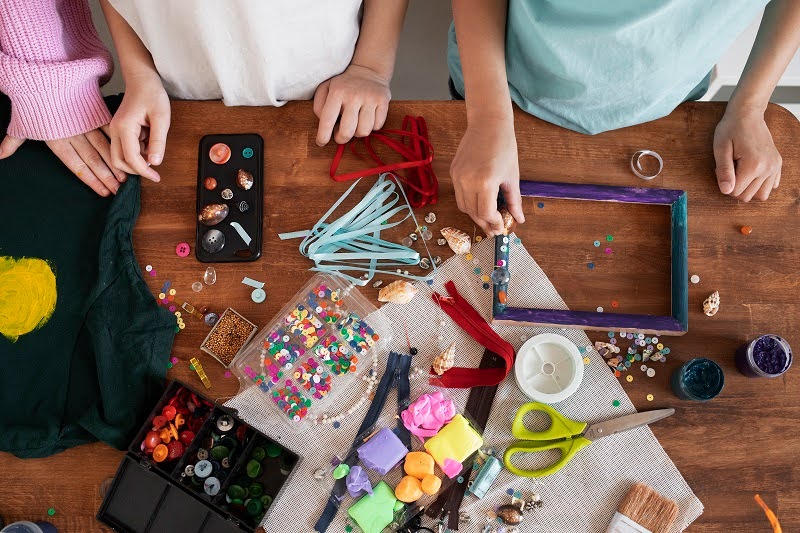Introduction :
Art can be a wonderful form of self-expression and creativity, but getting started as a beginner artist can sometimes be challenging. Luckily, there are numerous art hacks and drawing techniques that can help you develop your skills and build confidence in your artistic journey. In this article, we will explore some of the best art hacks and drawing techniques specifically tailored for beginners. These tips and tricks will empower you to unlock your creative potential and enjoy the process of creating art.
1. Start with Basic Shapes :
One of the fundamental principles of drawing is understanding shapes. To simplify complex subjects, break them down into basic geometric shapes. Whether you’re drawing a human figure, a still life, or a landscape, identifying circles, squares, and triangles can help you establish the foundation of your artwork. By focusing on shapes, you can accurately represent proportions and achieve a more realistic representation of the subject.
2. Practice Contour Drawing :
Contour drawing is an excellent technique for honing your observational skills. It involves drawing the outline of an object or subject without looking at your paper. This exercise trains your eye-hand coordination and helps you develop a better understanding of the form and structure of objects. Start with simple objects, gradually progressing to more complex subjects. Remember, the goal is not to create a perfect drawing but to train your perception and build your skills.
3. Utilize Negative Space :
Negative space refers to the area around and between objects. Paying attention to negative space can greatly enhance your drawings. By observing the shapes and forms created by the negative space, you can improve your accuracy and composition. It allows you to see the relationships between objects and helps create a more balanced and visually pleasing artwork. Experiment with squinting your eyes to simplify the scene and focus on the negative spaces—it can make a significant difference in your drawings.
4. Explore Value and Shading:
Understanding value, which refers to the lightness or darkness of a color or tone, is crucial for creating realistic and three-dimensional drawings. Practice shading techniques such as hatching, cross-hatching, and blending to add depth and dimension to your artwork. Pay attention to the light source and how it affects the objects in your composition. By mastering shading, you can create the illusion of form and make your drawings appear more lifelike.
5. Experiment with Different Materials:
As a beginner, it’s essential to explore various art materials and find what works best for you. Start with basic tools like pencils, charcoal, and paper, and gradually expand your range. Try different types of pencils (e.g., graphite, charcoal), and papers (e.g., smooth, textured), and experiment with colored pencils, markers, or even digital tools if you’re inclined. Each material offers unique possibilities and challenges, and through experimentation, you can discover your preferred mediums and techniques.
Conclusion :
Embarking on an artistic journey as a beginner can be both exciting and daunting, but with the right tools and techniques, anyone can develop their artistic skills. By starting with basic shapes, practicing contour drawing, utilizing negative space, exploring value and shading, and experimenting with various art materials, beginners can gain confidence and improve their abilities. Remember, art is a process of growth and exploration, so be patient with yourself and enjoy the journey. Embrace the opportunity to express your creativity and let your imagination flourish. With dedication, practice, and these art hacks and drawing techniques, you’ll be well on your way to becoming a skilled artist. So grab your tools, let your creativity flow, and happy drawing!
